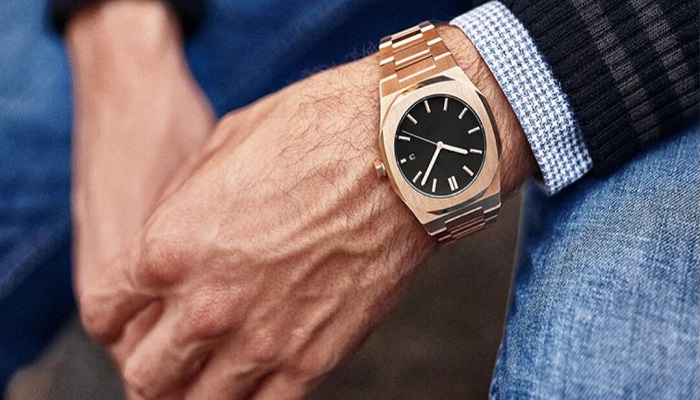5 Factors Affecting the Timing Accuracy of Mechanical Watches
![]() Dec 17,2022
Dec 17,2022
![]()
What are the factors that affect the timing accuracy of mechanical watches? There are many parts in mechanical watches, and many very small parts will affect the accuracy of timing. Why are quartz watches more accurate than mechanical watches? A watch is one of the smallest, strongest, and most precise pieces of machinery ever invented by man. The factors affecting its accuracy are summarized in the following five aspects.
1. The influence of friction force
Friction usually has both positive and negative effects. It has a positive aspect, such as friction between sub-wheels, friction between the spring and barrel of an automatic watch, self-locking screws, etc.; on the other hand, friction can lead to a reduction in transmission efficiency. And the wear of parts, thus affecting the timing. Commonly used solutions: improve the lubrication conditions, choose different lubricating oils according to different requirements; use jewel bearings or gaskets; improve the tooth surface conditions of gears, including the use of scientific conjugate tooth profiles and improve surface finish, etc., but generally The tooth surface is not lubricated (in this case, the resistance due to the viscosity of the lubricating oil may be higher than the friction).

2. The influence of temperature
The influence of temperature is mainly manifested in two aspects: first, the temperature change will affect the working length of the hairspring and the inertia of the balance wheel at the same time, which can directly affect the timing accuracy; secondly, the temperature change will affect the viscosity of the lubricating oil and affect the transmission efficiency. affect timing. In this regard, the following methods can be adopted: use the open bimetal temperature compensation balance spring system; use special alloy materials to make the balance spring and balance wheel, so that it has a certain temperature compensation in the working temperature area (8°-38°); pin temperature compensation. Standard lubricating oil is used, and for extreme temperature conditions, such as the moon watch of the world-famous watch Omega, non-lubricating or solid lubrication is used.
3. Hairspring balance
The center of gravity of a general swing frame hairspring changes with the swing angle of the balance wheel, and under the action of gravity, it will produce a position error. The solution is: use a Breguet hairspring, the center shrinks, and the center of gravity does not change with the swing angle; use a cylindrical hairspring with a Philips end curve and use it symmetrically up and down; use a straight hairspring; someone has used a spherical hairspring in history, which has superior performance, but poor craftsmanship, are seldom practically applied.
4. External influence
It is the various influences from the outside of the mechanical watch, depending on the working environment of the mechanical watch. Commonly used measures include shockproof design, waterproof design, antimagnetic design, additional protective shell, etc. Universal joints are often used on precision nautical clocks to keep the nautical clock level in turbulence.
5. Fast and slow needle
The fast and slow hand is an economic structure that is convenient for time adjustment, but both theory and practice have proved that it will affect the isochronism of the system, and may also produce position differences. These timing errors are relatively random and cannot be compensated or offset. The solution is: to minimize the distance between the inner and outer fast and slow needles; but the best way is to have no fast and slow needles, and adjust the speed by adjusting the inertia of the balance wheel, such as the Micro Stella adjustment system of the Rolex watch brand.
The above are the five factors that affect the timing accuracy of mechanical watches. We are a professional mechanical watches manufacturer. If you need to customize mechanical watches, please contact us.












